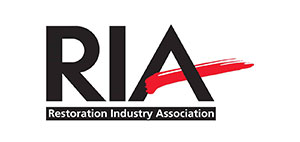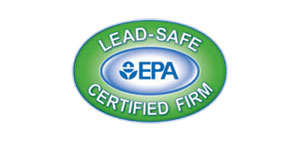Ever thought about staying in your home while it’s being treated for mold? This is a big question about home safety and health. It’s about weighing the good of staying versus the risks of mold exposure. Mold in homes needs quick action to keep everyone safe and prevent damage.
Deciding to leave or stay depends on how much mold there is and your health. The Environmental Protection Agency (EPA) now requires safe mold cleaning solutions. But, the work still means sealing off moldy areas to stop spores from spreading.
Big mold problems or chemical treatments might mean you should leave. This helps avoid exposure and lets the cleanup team work better.
Key Takeaways
- Prompt mold remediation is essential to prevent health risks and structural damage.
- The EPA mandates non-toxic solutions in licensed mold remediation services.
- Professional teams isolate mold-afflicted areas to prevent the spread of spores.
- Deciding to stay or leave depends on the extent of the mold and individual health concerns.
- Vacating may be recommended to avoid exposure to treatment chemicals and mold spores.
Why Mold Remediation is Necessary
Mold in homes is a big worry, not just because it looks bad. It can also harm your health and damage your property. The EPA says about 21% of homes in the U.S. have mold. It’s important to remove mold quickly to avoid health problems and save money.
Mold is especially dangerous for homes because it grows on things like wood and drywall. It needs a lot of moisture to grow, so controlling humidity is key. Removing mold and fixing moisture issues can stop small problems from getting worse.
It’s important to stay safe when cleaning up mold. Exposure can cause coughing, stuffy nose, and skin rashes. People with weak immune systems or asthma might need to leave the house during cleanup. Using air scrubbers helps clean the air and reduce mold spores.
Mold cleanup can take five to seven days. It involves isolating the area and using safe sealants. Double-bagging materials before throwing them away helps prevent mold from spreading. Regular checks and quick action can stop small issues from becoming big problems.
Should you leave during mold remediation?
Deciding whether to stay or leave during mold remediation depends on several factors. The size of the project, the affected areas, and your health sensitivities matter. For small projects with proper containment, staying in unaffected areas might be okay. It’s important to have good ventilation to prevent spores from spreading.
For big projects or when strong chemicals are used, it’s best to leave. Machines like negative air machines help manage spores. But, they can make living uncomfortable, especially if they shut down your HVAC.
Mold remediation can affect air quality and health. It might be noisy and dusty, especially if walls are opened. If you’re sensitive to mold or chemicals, talk to a doctor before deciding.
Wearing protective gear like masks and gloves is key. It helps prevent allergic reactions and stops spores from spreading. Isolating the work area is also important to keep other areas safe.
While some might stay for minor clean-ups, leaving is safer for health concerns or big mold issues. Talking to a mold expert and considering your health is crucial. It ensures a safe and effective treatment.
Conclusion
Deciding to stay or leave during mold remediation depends on several factors. These include the severity of the infestation, the specific processes involved, and individual health considerations. It’s important to follow mold removal procedures for a safe and effective solution.
Mold remediation costs can range from $1,370 to $3,325, with an average of $2,347. Smaller areas, like bathrooms, might cost about $458. The health risks of mold exposure, such as dizziness and shortness of breath, highlight the need for proactive measures.
Hiring professional mold remediation technicians and conducting detailed mold inspections are key. Keeping moisture levels low and repairing leaking pipes can also prevent mold growth. Health safety should always be the top priority.
Those more susceptible, like children and the elderly, face higher risks. The use of chemicals like hydrogen peroxide and the impact on HVAC systems may require leaving the home. Consulting multiple licensed experts can help find the best pricing and solutions. In conclusion, addressing mold issues early ensures a healthier home environment for everyone.





